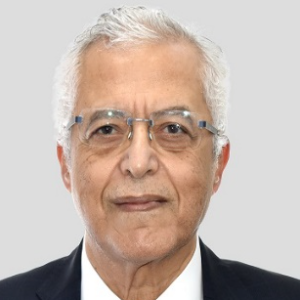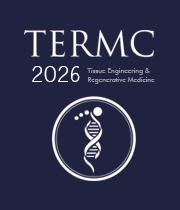Biosensors
The term "biosensor" refers to a powerful and novel analytical equipment that includes a biological sensing element and can be used for a variety of purposes, including drug development, diagnosis, biomedicine, food safety and processing, environmental monitoring, defence, and security. Clark and Lyons (1962) developed the first biosensor to test glucose in biological samples, which used an immobilized glucose oxidase electrode to detect oxygen or hydrogen peroxide electrochemically. Since then, novel approaches integrating electrochemistry, nanotechnology, and bioelectronics have made amazing progress in both biosensor technology and applications. Biosensor fabrication, materials, transducing devices, and immobilization procedures all necessitate multidisciplinary research in chemistry, biology, and engineering. Biosensor materials are divided into three types based on their mechanisms: biocatalytic, which includes enzymes, bio affinity, which includes antibodies and nucleic acids, and microbe-based, which includes microorganisms.

Nagy Habib
Imperial College London, United Kingdom
Lucie Bacakova
Institute of Physiology of the Czech Academy of Sciences, Czech Republic



Title : AI-integrated high-throughput tissue-chip for space-based biomanufacturing applications
Kunal Mitra, Florida Tech, United States
Title : Stem cell technologies to integrate biodesign related tissue engineering within the frame of cell based regenerative medicine: towards the preventive therapeutic and rehabilitative resources and benefits
Sergey Suchkov, N.D. Zelinskii Institute for Organic Chemistry of the Russian Academy of Sciences, Russian Federation
Title : In vitro evaluation of lyophilized Dedifferentiated Fat cells (DFAT) impregnated artificial dermis
Kazutaka Soejima, Nihon University, School of Medicine, Japan
Title :
Nagy Habib, Imperial College London, United Kingdom
Title :
Alexander Seifalian, Nanotechnology & Regenerative Medicine Commercialisation Centre, United Kingdom
Title : The regenerative medicine of the future
Marco Polettini, DVM, Italy